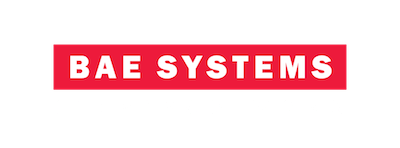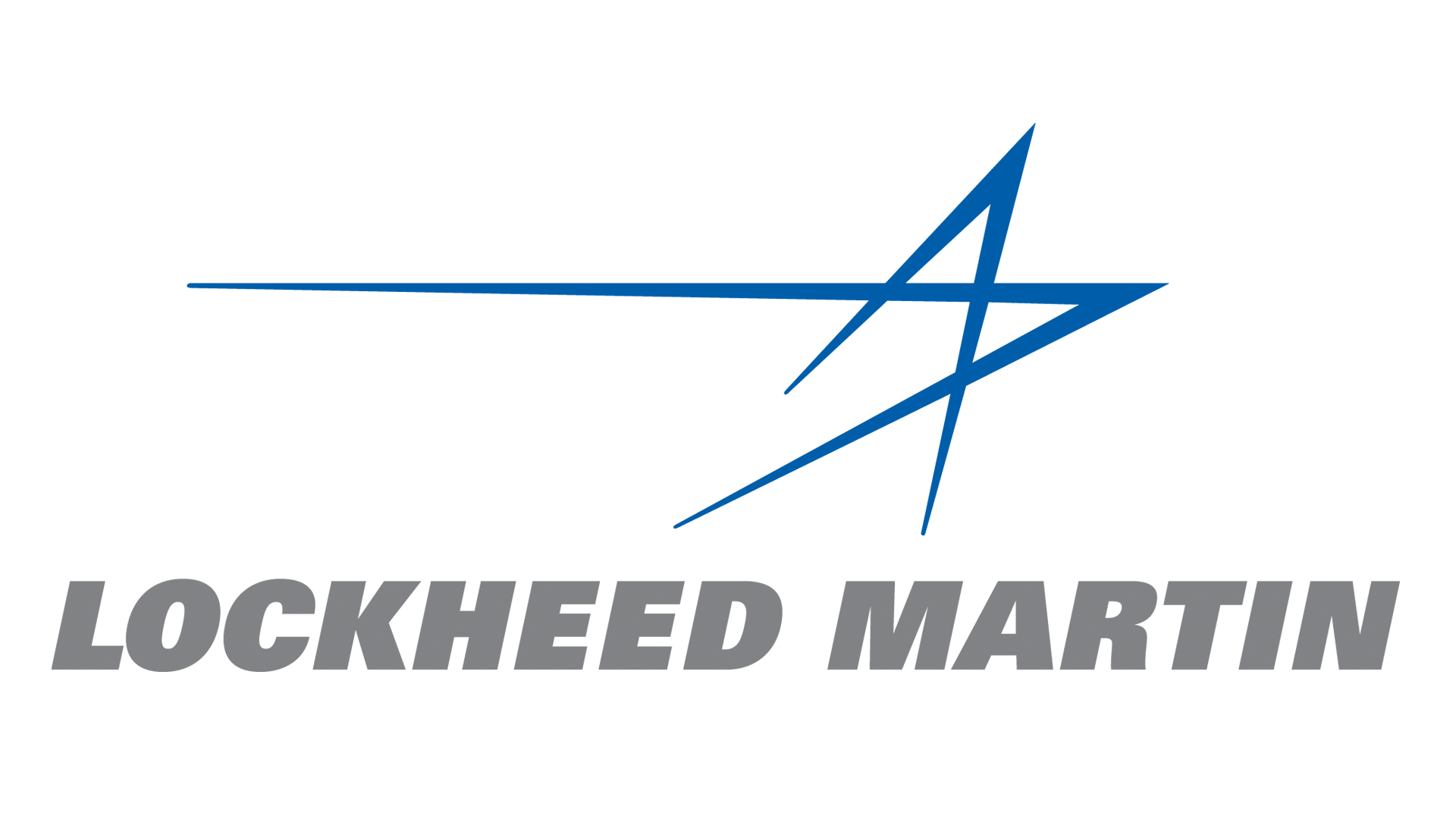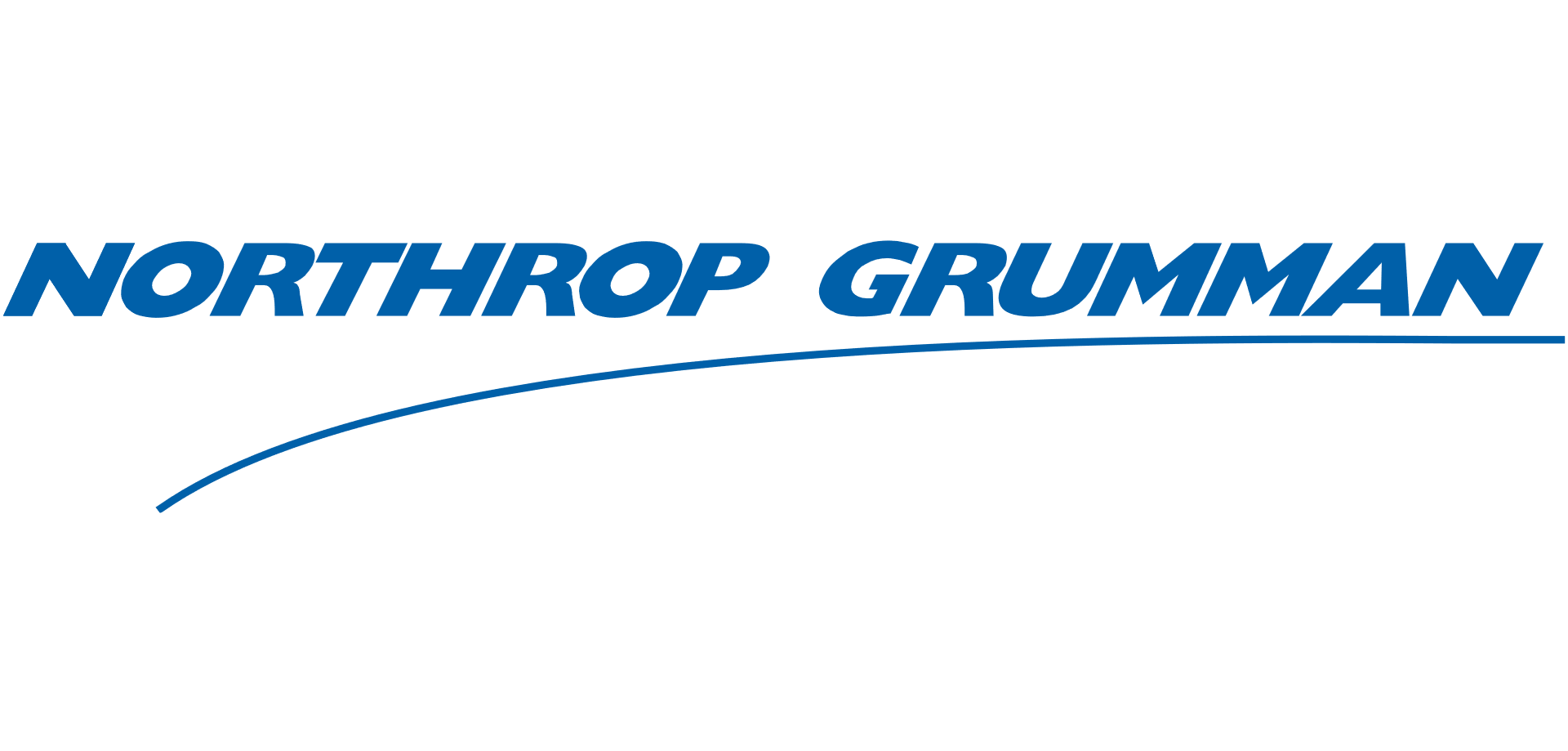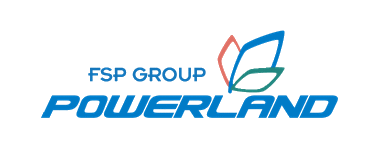ADS Layout Tutorial
Authors: Vipul Chawla and Dr. Dong S. Ha
7. Adding ground layer and top level solder masks
Addition of ground layer and ground shields has been simplified by ADS by providing "Create Clearance" tool. The working of the tool can be understood through a simple example. Consider the simple layout consisting of an interconnect in "cond" layer and a via between "cond" and "cond2" layers, as shown in figure 14.

Figure 15: Example layout for illustrating automatic generation of ground layer in ADS.
It is required to add a "cond" layer ground shield in the empty areas of the layout. "Create Clearance" tool can be used to generate this shield automatically. First draw a rectangle covering the entire area of the layout. Then click on "Edit ? Create Clearance". A prompt will ask the user to select the shape into which clearances needs to be generated. Select the rectangle and hit OK. Next, in the "Create Clearance" dialog box choose "cond" layer for "Selected Clearance Layers" and choose Appy to as "Selected Shapes". Then select all the shapes from which clearance needs to be created, as shown in figure 15. Note that a clearance value of 40 layout units (mils in this case) has been chosen.
Figure 16: Example of the usage of Create Clearance tool in ADS.
Hit "OK" or "Apply" to generate the desired ground shield, as shown in figure 16.

Figure 17: Autogenerated ground shield in ADS.
Top level solder masks, if required, can also be generated in a similar way. The only difference in this case will be that the rectangle initially drawn will lie in "solder_mask" layer. Completed PCB layout is shown in figure 17 and 18. Note that multiple vias have been added to connect the "cond2" ground layer and ground shields in "cond" layer.

Figure 18: Top view of completed layout.

Figure 19: Bottom view of complted layout.
8. Exporting the Layout for milling
Before exporting the layout, it is useful to define substrate and metalization layers. Click on "Momentum ? Substrate ? Create/Modify" to open "Create/Modify Substrate" dialog box. Fill up the substrate layer parameters, as shown in figure 19 and click "Apply". The parameters are based upon FR4 substrate with 62 mil thickness.

Figure 20: Substrate layer definition.
Next, change over to "Layout Layers" tab and select "FR4" from "Layer Mapping" list and select "hole" and click "Via" button to define via layer. Next, select "----" from "Layer Mapping" list and select "cond" layer and fill-up the layer parameters and click "Strip" button to add the layer mapping. Similarly add "cond2" to strip layer, as shown in figure 20. Note that the layer parameters are based upon copper weight of 1 oz.

Figure 21: Layout layers definition.
Finally, before we export the layout the last step is to remove hierarchy in the layout and merge various overlapping shapes in the layout. Hierarchy can be removed in one shot in ADS using the "Generate Artwork" function available under "File" menu. When prompted, enter the new layout design name and save the flattened layout. Next, open the flattened layout design and merge each layer individually. Merging is required to combine various overlapping shapes in a layer in order to prevent any undue boundaries in the final output. This is accomplished by selecting all the shapes in any given layer and merging them together using the "Edit ? Merge ? Union" function. This step needs to be repeated for all the layers in the layout.
The final step in PCB layout is to export the layout for manufacturing. The most common output format accepted by PCB manufacturers is Gerber. Gerber file export is quite simple in ADS 2008. Click on "File ? Export" to open layout export dialog-box. Select file-type as Gerber and enter the desired export directory. Select "View files after export", this will open up "Pre-production Editor" when Gerber files are exported. Select "More Option" to customize Gerber export options, as shown in figure 21.
Under options tab, select "RS274X" as output file-format and "Holes as cut-lines" as output hole format. Choose number format with a precision one decimal digit higher than that used in the layout and select output units as "inch". Next in the "layers" tab choose the layers which are to be exported and finally in the dril tab choose "hole" layer for drill file export.

Figure 22: Gerber export settings dialog.
Hit "OK" to generate the gerber files. Use pre-production editor to closely review the generated gerber files in order to ensure that the output matches with the design.











